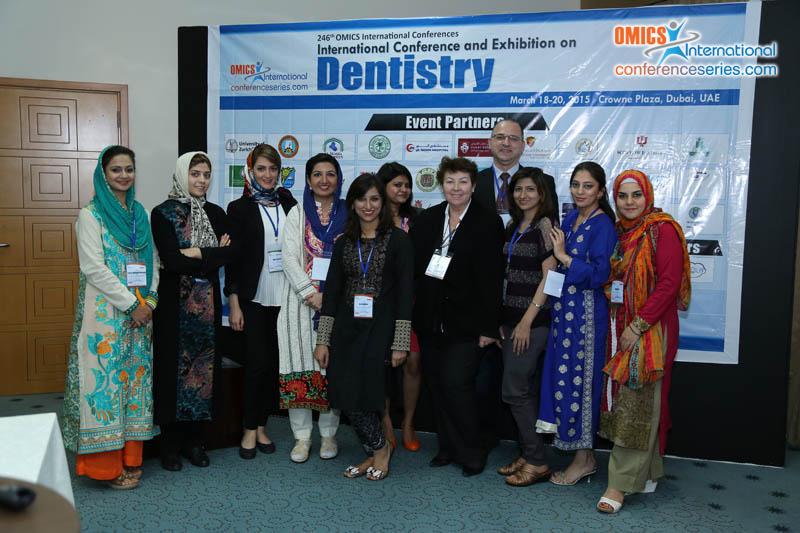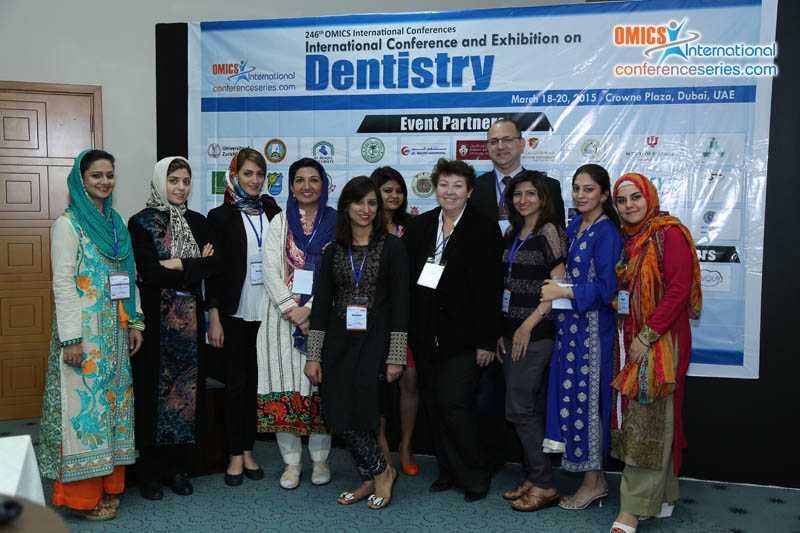Sana Ehsen Nagi
Aga Khan University and Hospital, Pakistan
Title: Outcome of dental implantology in a tertiary care hospital
Biography
Biography: Sana Ehsen Nagi
Abstract
Objective: To assess the outcome of dental implants placement Agha Khan University Hospital.
Methodology: It was a retrospective charts review which included 127 implants. Duration of our study was from 2010-2014 placed within AKUH. Variables such as length and diameter of implants, most common type of implant used, type of prosthesis, immediate and delayed loading were analyzed. Descriptive statistics and frequency distribution were computed. Chi square test was applied to compare the difference between categorical variables. The unit of analysis was implant. Level of significance was kept at <0.05.
Results: A total of 127 implants were placed out of which five implants failed. Analysis was done on 122 implants in which successful osseointegration was achieved. The follow up range was 2 months to 48 months. Surgical and prosthetic data was analysed on 58 implants that were loaded with prosthesis while 64 units are yet to be loaded so only surgical data was available for the latter. The predominant implant used was Zimmer tapered screw vent, most of the patients who received dental implants were partially edentulous, most common length was 11.5 mm, most frequent diameter was 4.7 mm. Straight abutment was used for most of the cases, most commonly replaced tooth was lower right first molar. The predominant final prosthesis were cement retained crowns and bridges. A small fraction of surgeries receive bone grafts along with the implant. The 5 failed cases had three common variables: deficient bone in maxilla, early loading with provisional prosthesis and placement of bone graft.
Conclusions: We were able to achieve a success rate of 96.1% which is in agreement with the studies conducted worldwide and internationally accepted standards. Factors affecting outcome of osseointegration including atrophic maxilla, premature loading, medical comorbids, bone grafting should be dealt with caution.
Speaker Presentations
Speaker PDFs
Speaker PPTs Click Here




